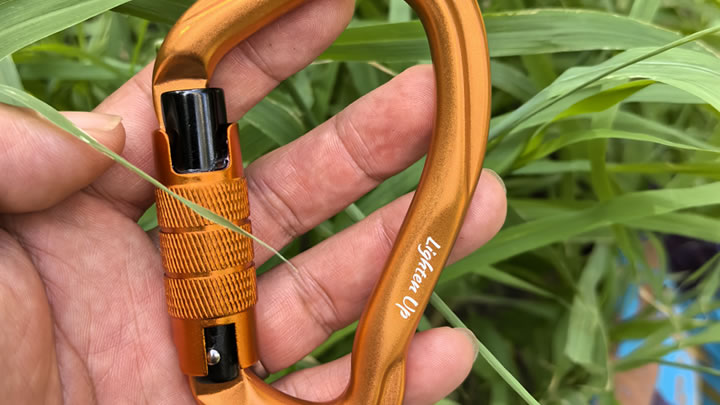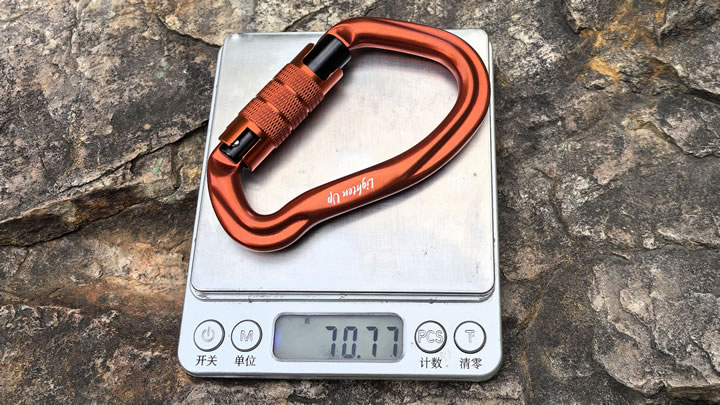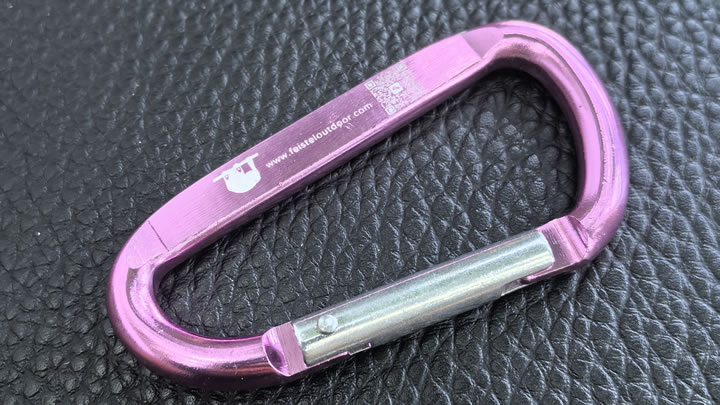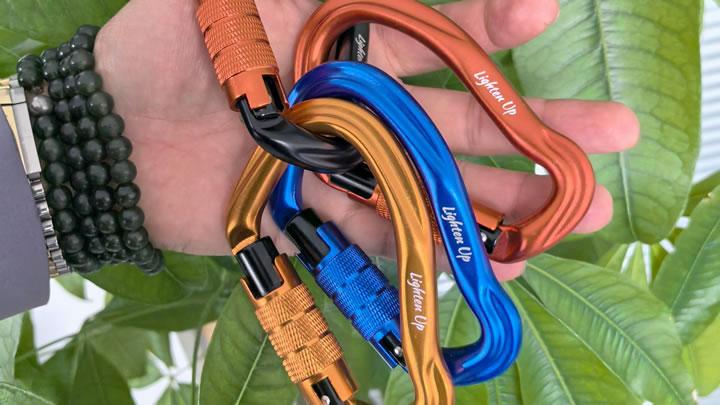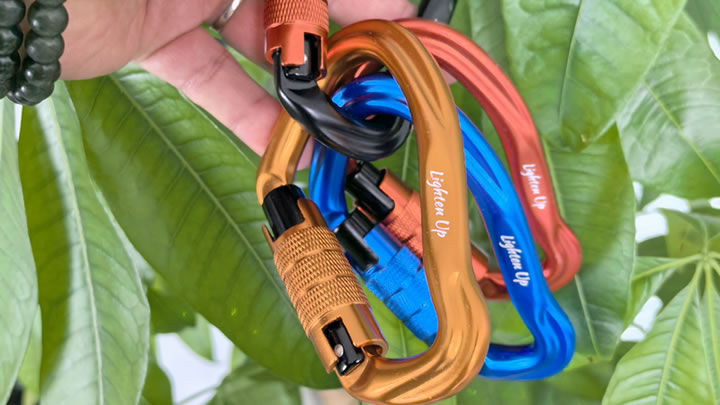Best Climbing Backpacks for Carrying Gear Comfortably
A well-designed climbing backpack can make the difference between an enjoyable day at the crag and a slog weighed down by awkward, disorganized gear. Whether you're tackling multi-pitch routes, bouldering sessions, or alpine approaches, the right pack keeps your equipment secure, accessible, and comfortable to carry. Here’s our guide to the best climbing backpacks for every discipline, plus key features to consider.
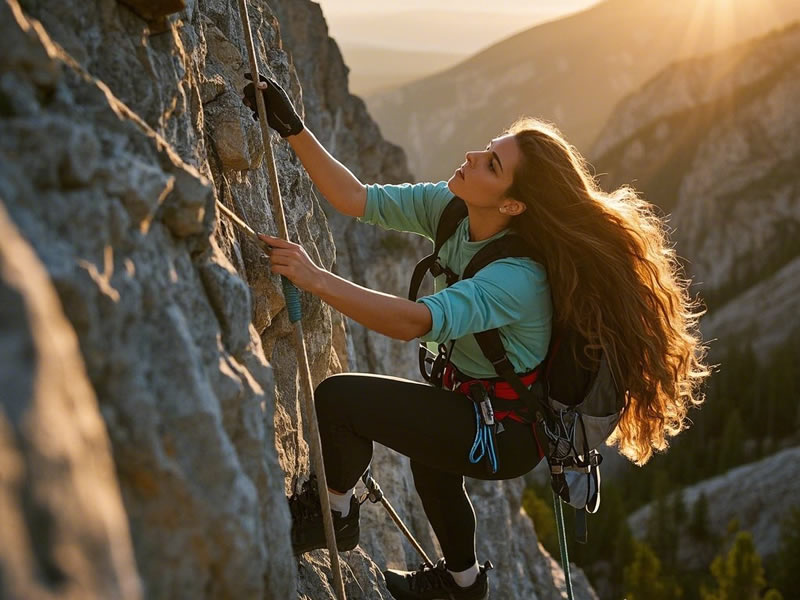
Key Features of a Great Climbing Backpack
Before diving into recommendations, here’s what to look for:
✅ Capacity (20L–50L+) – Choose based on your gear needs (sport, trad, or bouldering).
✅ Durable Materials – Ripstop nylon or reinforced Cordura resists abrasion.
✅ Ventilated Back Panel – Reduces sweat buildup on long approaches.
✅ Gear Loops & External Attachment Points – For ropes, helmets, and crash pads.
✅ Hydration Compatibility – Essential for long days in the sun.
✅ Streamlined Design – Avoids snagging on rock when climbing.
Best All-Around Climbing Backpack
1. Patagonia Cragsmith 45L
✔ Pros:
- Dedicated rope strap and gear organization
- U-shaped opening for easy access
- Padded hip belt for heavy loads
✖ Cons:
- Slightly heavier than ultralight options
Best for: Trad climbers needing organization for cams, nuts, and ropes.
Best Lightweight Pack for Sport Climbing
2. Osprey Mutant 38L
✔ Pros:
- Ultra-lightweight (under 2 lbs)
- Stretchy side pockets for water bottles
- Helmet holder and ice tool loops
✖ Cons:
- Less structure when not fully packed
Best for: Sport climbers prioritizing weight savings.
Best Bouldering & Crash Pad Carrier
3. Black Diamond Stone Duffel 45L
✔ Pros:
- Wide straps for securing crash pads
- Durable, weather-resistant fabric
- Doubles as a gear haul bag
✖ Cons:
- Minimal internal organization
Best for: Boulderers needing to carry pads and shoes efficiently.
Best Budget-Friendly Option
4. Mammut Neon Gear 35L
✔ Pros:
- Affordable without sacrificing durability
- External gear loops for quickdraws
- Compact but fits a rope + essentials
✖ Cons:
- Less padding on shoulder straps
Best for: Beginners or climbers on a budget.
Best for Alpine & Multi-Pitch Climbs
5. Arc’teryx Alpha FL 40L
✔ Pros:
- Ultra-durable, water-resistant fabric
- Minimalist design reduces weight
- Stows away when not in use
✖ Cons:
- Expensive
Best for: Alpine climbers needing a tough, weatherproof pack.
How to Choose the Right Pack for You
1. Consider Your Climbing Style
- Sport climbing? Prioritize lightweight designs (30–40L).
- Trad climbing? Opt for organization (40–50L).
- Bouldering? Look for crash pad straps.
2. Fit Matters
- Adjustable sternum and hip belts distribute weight.
- Women-specific models (like Osprey Kyte) offer better torso fit.
3. Extra Features Worth Considering
- Rain cover for wet climates
- Zippered pockets for small items (keys, phone, snacks)
- Tool attachments for ice climbers
Maintenance Tips to Extend Your Pack’s Life
- Air dry after wet trips to prevent mildew.
- Spot clean with mild soap—avoid harsh detergents.
- Check stitching periodically, especially on load-bearing straps.
Final Thoughts
A great climbing backpack should feel like an extension of your body—balanced, comfortable, and never in the way. Whether you’re hauling a trad rack or just shoes and chalk, the right pack makes every approach smoother.
Got a favorite climbing pack? Share your recommendations in the comments!
#ClimbingGear #BestBackpacks #RockClimbing #OutdoorEssentials #Hiking

